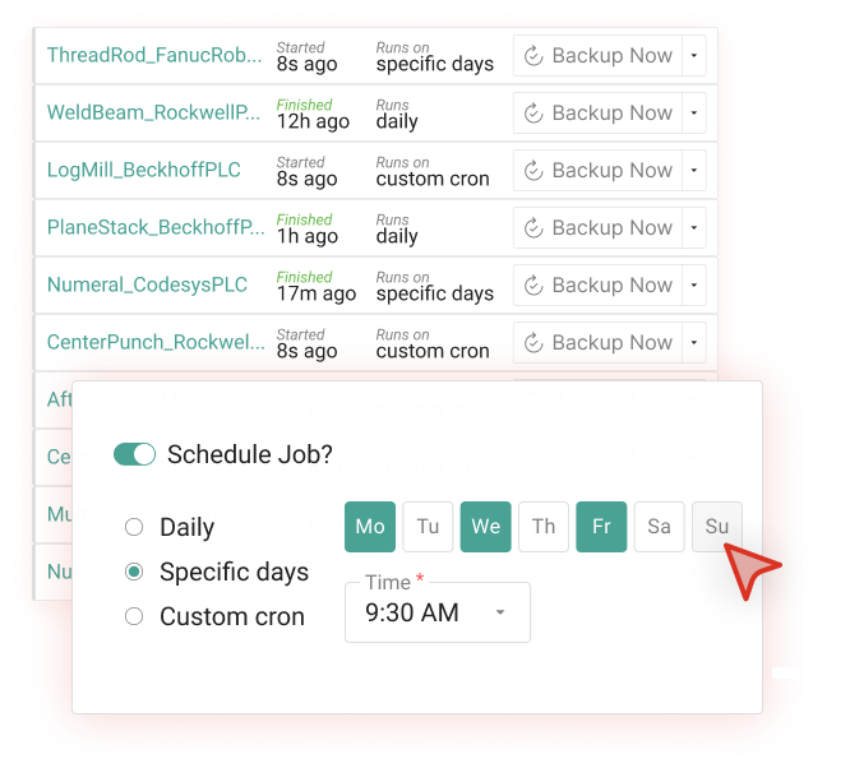Copia Automation creates solutions that allow large enterprises to effectively manage their operational technology to achieve industrial automation. Their cloud-based Copia Industrial DevOps Platform gives companies high visibility and control of code across devices to promote continuous quality control, streamlined production, and preemptive crisis management.
The Copia platform provides a reliable single source of truth for code across various devices, languages, and locations to eliminate system malfunctions and downtime, expedite disaster recovery, and facilitate effortless quality control to optimize operations and increase revenues.
Interview with Adam Gluck, Co-founder & CEO of Copia Automation.
Easy Engineering: What are the main areas of activity of the company?
Adam Gluck: There’s a lot of code in industrial environments where people make changes and sometimes, they break things. Copia offers code backup and change detection, which provides a set of interventions that makes this much less likely to happen and enables faster disaster recovery. Companies choose our solution because it provides visibility to unauthorized changes. We are a multi-vendor-based solution so companies can have a standardized workflow across different industrial vendors. That enables managers to treat the factory’s code layer even though there are disparate process environments among different vendors.

E.E: What’s the news about new products/services?
A.G: We launched in June the Copia Industrial DevOps Platform, a cloud-based Git solution that serves as an operational technology (OT) control center. The platform provides a clear view of all code within industrial operations to eliminate unexpected disruptions resulting from coding errors.
Industrial operations gain a strategic advantage with continuous quality control, production optimization, and preemptive crisis management to minimize product recalls, downtime, and safety or cyber threats, saving millions of dollars in lost productivity.
Amazon recently deployed Copia’s technology at its warehouses and expects an 80% reduction in unexpected downtime due to unapproved control changes — a significant increase in the scalability of code improvements — and a 25% improvement in high-severity issue resolution time.

E.E: What is the state of the market where you are currently active?
A.G: Code review processes are severely lacking in OT as it’s not a requirement in industry. I’ve talked to site CIOs who have taken it over OT cybersecurity, and it’s shocking what processes are missing. We’ve run into people literally having all their code on a laptop or a USB stick, and then losing them and all the backup code.
There has been a focus on the networking layer to secure plant operations, and there are several solutions on the market for this. In addition, however, I think OT professionals need to move a layer up and pay close attention to what is happening with their code in the factory itself. By using Copia, factories have complete control and visibility over their code, enabling them to quickly recover in the event of a disaster. This includes ransomware attacks where companies are locked out of their machines. With the code automatically backed up to the cloud, disaster recovery becomes a proactive process where disasters are prevented before they occur in the first place.

E.E: What estimations do you have for the rest of 2024?
A.G: We continue to evolve our platform to best meet the needs of our customers, while providing best-in-class service. We will also be publishing our first Annual State of Industrial DevOps Report, providing a deep set of data from the US. It will examine the cost of downtime, the impact to the organization, and the role of industrial code. Finally, we’ll be attending many industries shows to speak to and learn from customers and prospective customers.

